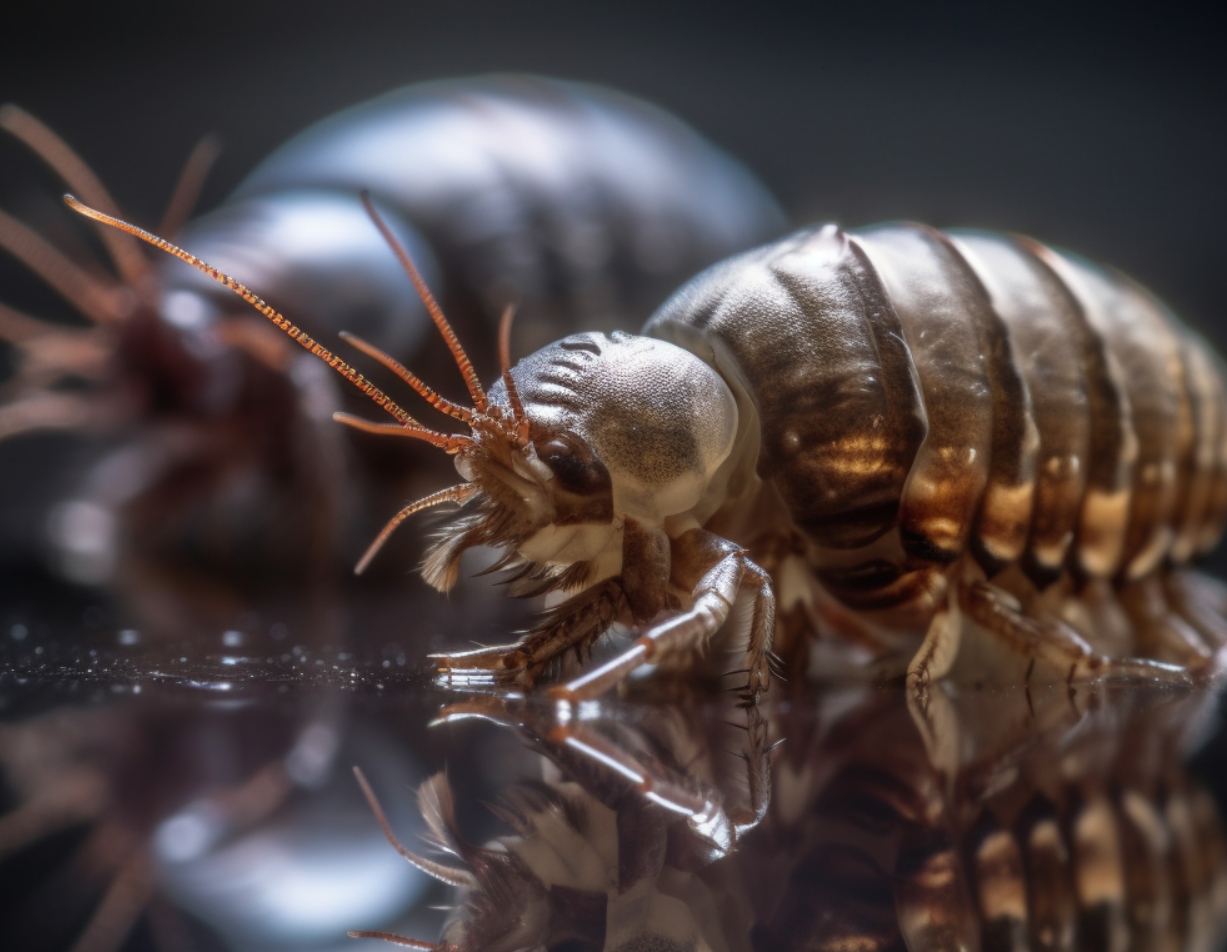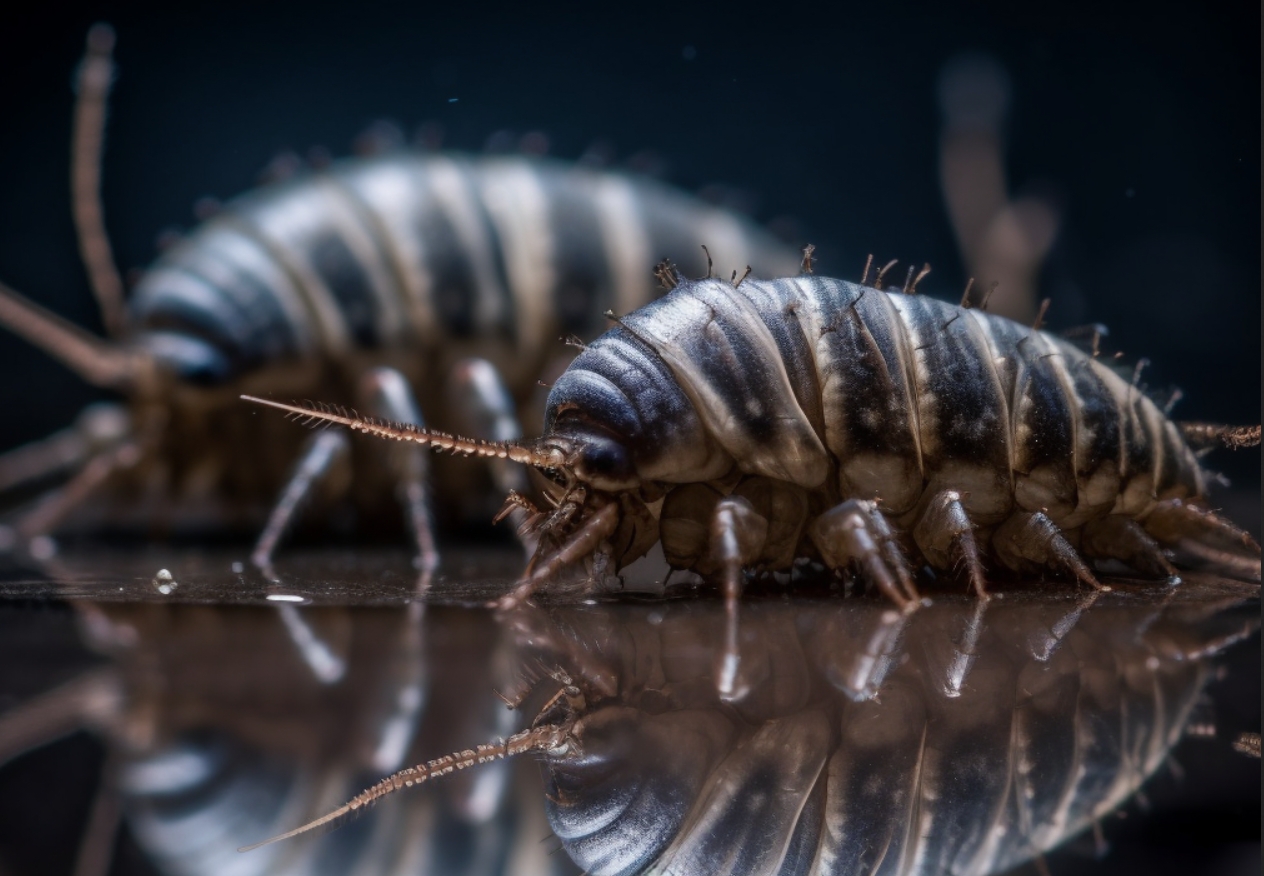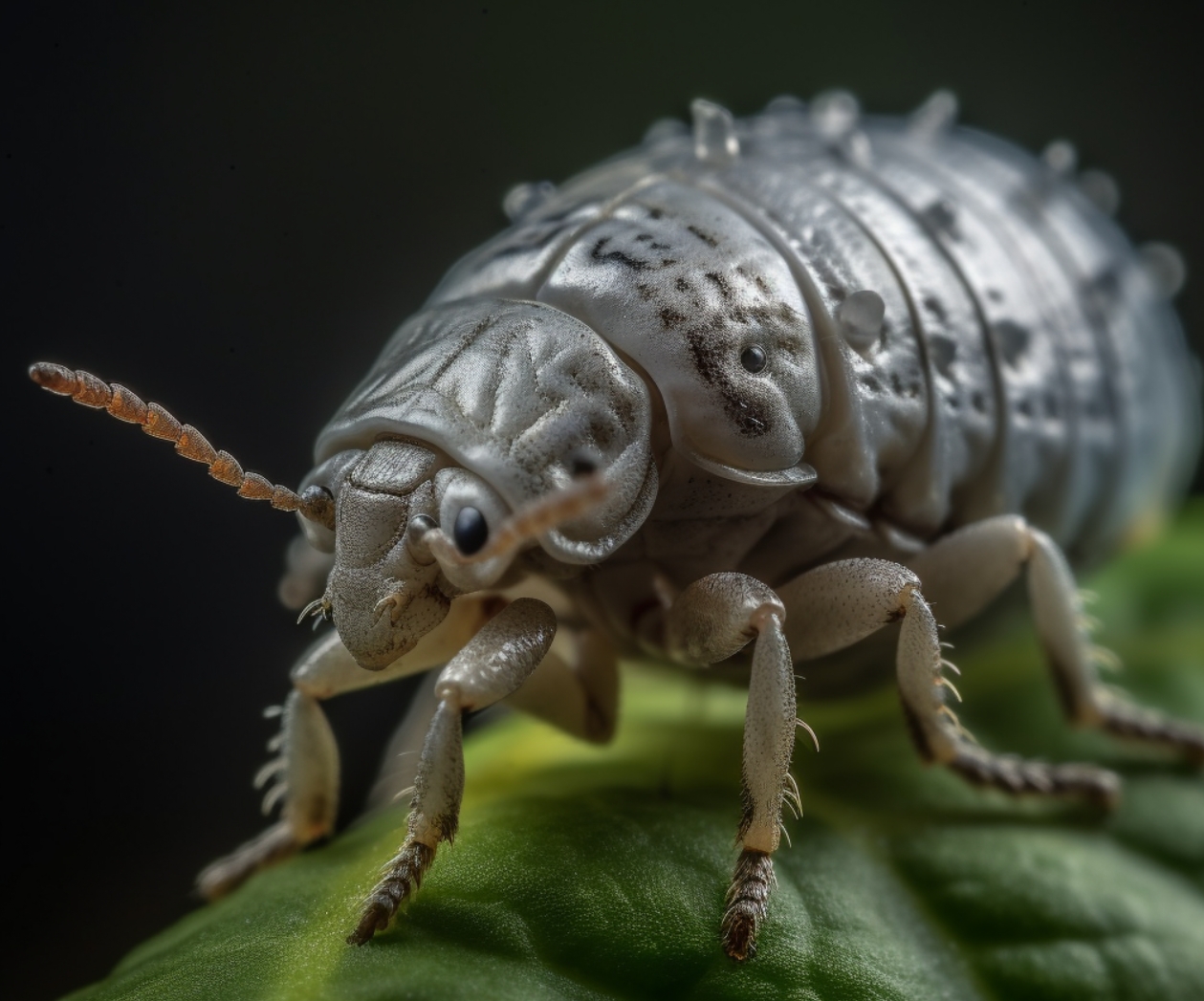Woodlice, also known as pill bugs or roly-poly bugs, are fascinating creatures that often spark curiosity and bewilderment. While they may seem like a nuisance, woodlice actually play an important role in our ecosystem. In this article, we’ll explore the significance of woodlice, answer some common questions, and provide an in-depth look at their biology and behavior.
Are Woodlice Harmful?
Contents
It’s a common question: are woodlice harmful? The answer is generally no, as woodlice pose no direct threat to humans. They don’t bite or sting, and they don’t transmit diseases. In fact, woodlice are considered beneficial insects because they help in breaking down organic matter, such as decaying leaves and wood, contributing to the nutrient cycle in the environment. However, in large numbers, they can be a nuisance inside homes and cause minor damage to plants. You can learn more about their habitat and environment here.
What Do Woodlice Do?
So, what do woodlice do in the ecosystem? These little critters play a crucial role as decomposers. They feed on decaying plant material, breaking it down into smaller pieces that can be further decomposed by bacteria and fungi. This process helps recycle nutrients back into the soil, promoting plant growth and supporting a healthy ecosystem. For a deeper dive into their diet and eating habits, check out this article.
Why Are Woodlice Called Cheesy Bugs?
Woodlice have many nicknames, including “cheesy bugs.” Why are woodlice called cheesy bugs? The name likely originates from their appearance and odor. Woodlice have a grayish-white color that might resemble cheese, and they emit a musty odor when disturbed, which some people might associate with the smell of aged cheese.
Why Do Woodlice Prefer Dark Conditions?
Why do woodlice prefer dark conditions? Woodlice are nocturnal creatures that prefer to stay hidden during the day to avoid predators and desiccation. They thrive in damp, dark environments, such as under logs, rocks, or leaf litter. When they find themselves in bright, dry conditions, they will actively seek shelter to prevent dehydration. Their anatomy and behavior are well-adapted to these preferences, which you can learn more about here.
Why Are Woodlice Important?
Now that we’ve covered some of the basics, let’s dive into why woodlice are important. As we’ve mentioned, woodlice are decomposers that play a critical role in the nutrient cycle. They help break down dead plant material, returning nutrients to the soil, and ultimately, promoting plant growth. By doing so, woodlice support a healthy ecosystem and contribute to biodiversity. Their presence is often an indicator of a well-functioning ecosystem.
Woodlice Species, Reproduction, and Lifecycle
There are over 3,000 species of woodlice worldwide, with around 35 of these found in North America. They come in various shapes, sizes, and colors, but all share the same basic body plan: a segmented, flattened body with multiple pairs of legs. To learn more about woodlice species, reproduction, and lifecycle, visit this informative article.
Woodlice Infestations and Control
While woodlice are generally harmless and even beneficial, they can become a nuisance when they infest homes or gardens in large numbers. It’s essential to identify the cause of the infestation and address it appropriately. Woodlice are usually attracted to damp, dark spaces, so eliminating these conditions can help reduce their population. Some common measures to control woodlice infestations include:
- Fixing leaks and improving ventilation to reduce dampness.
- Clearing debris, such as leaves and wood, from around your home.
- Sealing cracks and crevices to prevent woodlice from entering your home.
- Using traps or chemical control methods if necessary.
For a comprehensive guide on woodlice infestations and control measures, check out this article.
Woodlice Preferences and Killer Products
If you’re dealing with a persistent woodlice problem, there are various products on the market that can help eliminate these critters. However, it’s important to remember that woodlice are generally harmless, and their presence can be beneficial for the ecosystem. Before resorting to chemical control methods, try addressing the root cause of the infestation by modifying their habitat and making it less favorable for them.
If you still need to use a woodlice killer, there are several options available, such as insecticidal sprays, powders, and baits. These products can be effective in controlling woodlice populations, but they should be used with caution, as they can also harm beneficial insects and other non-target organisms. Always read and follow the label instructions carefully when using any pesticide product.
For more information on woodlice control products and preferences, visit this article.
In Conclusion: Embracing Woodlice
Understanding the importance of woodlice in our ecosystem helps us appreciate these often misunderstood creatures. Although they can be a nuisance in large numbers, woodlice play a vital role in maintaining a healthy environment. By addressing the causes of woodlice infestations and using control methods responsibly, we can coexist with these fascinating bugs and ensure that they continue to contribute to a thriving ecosystem.





